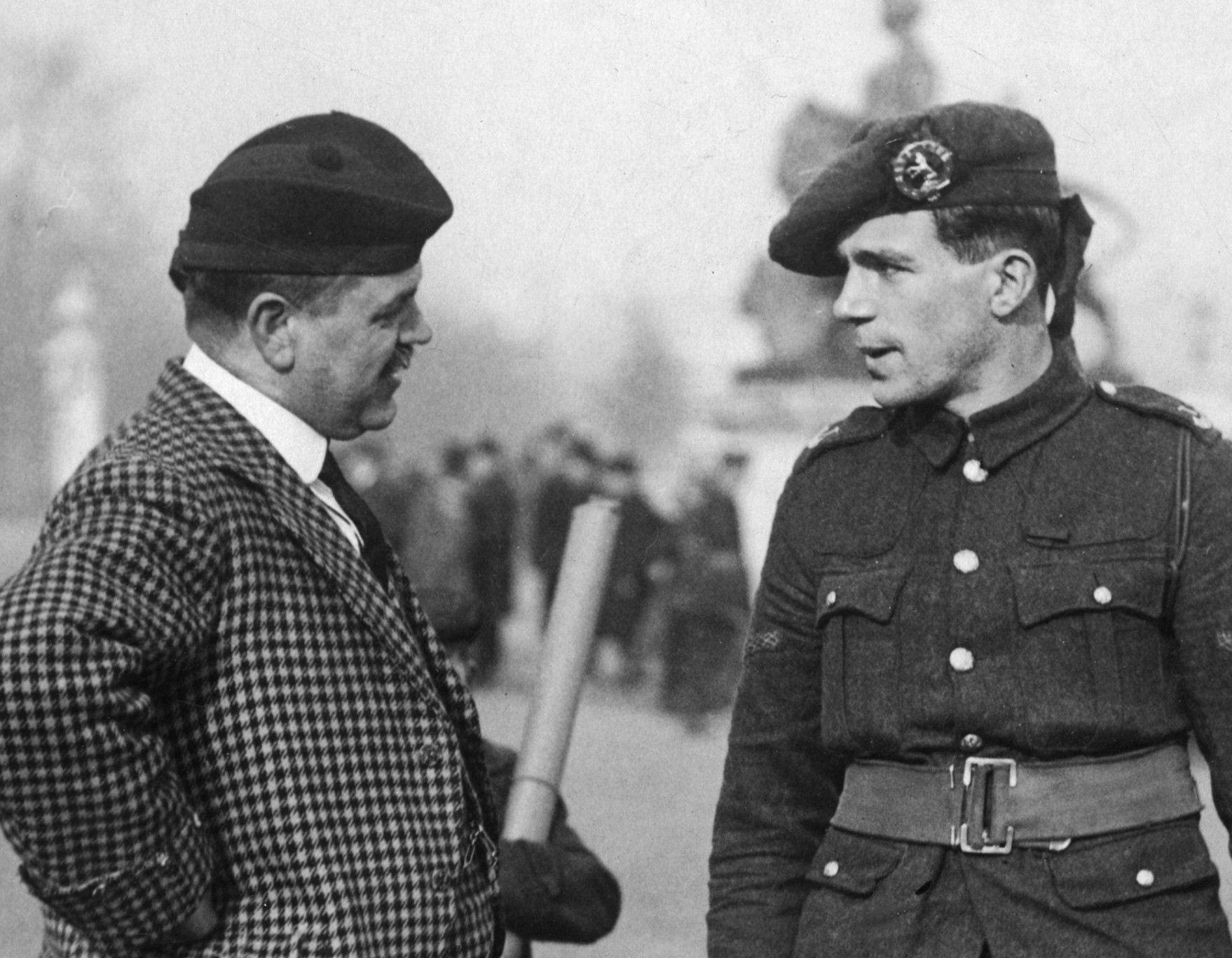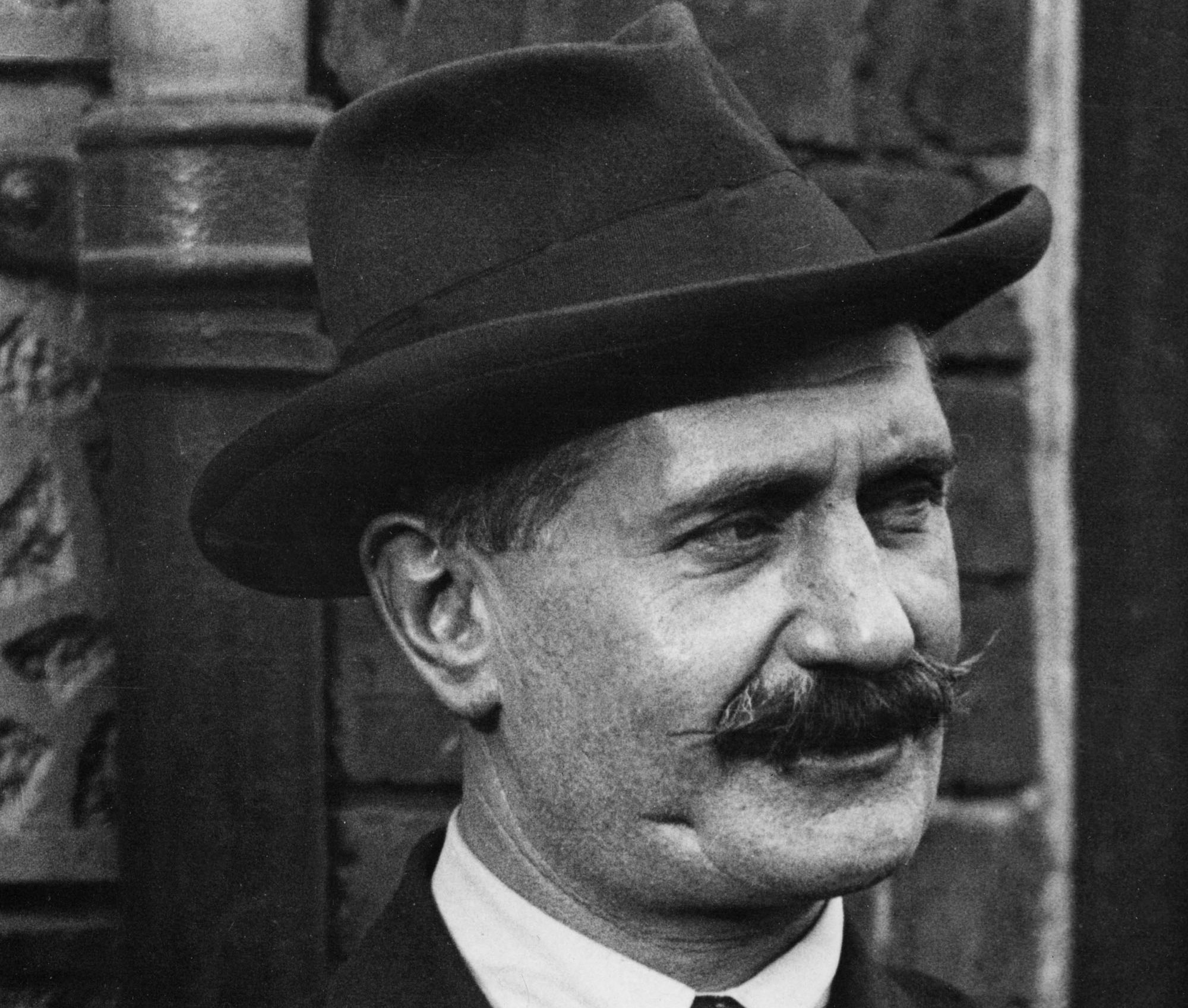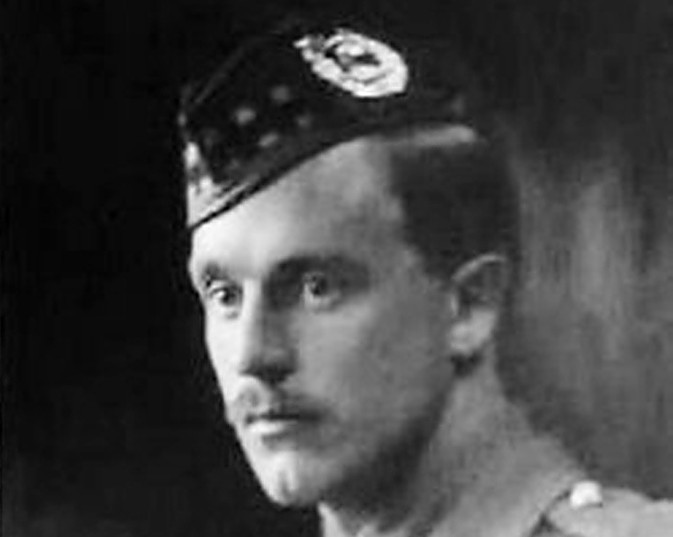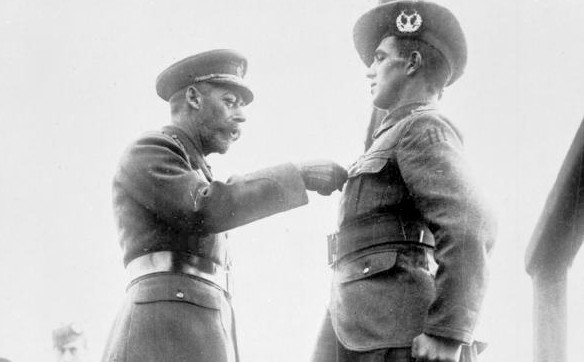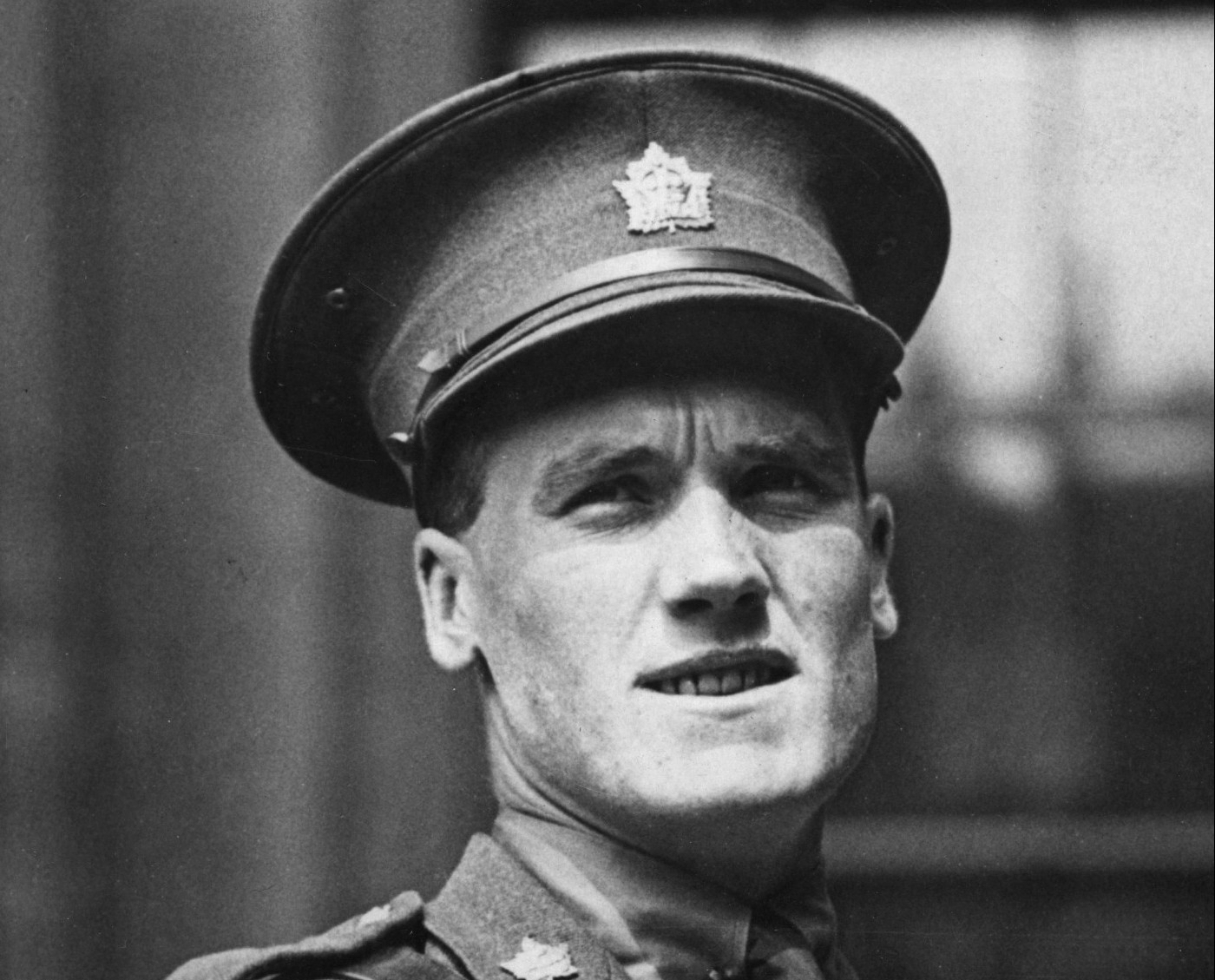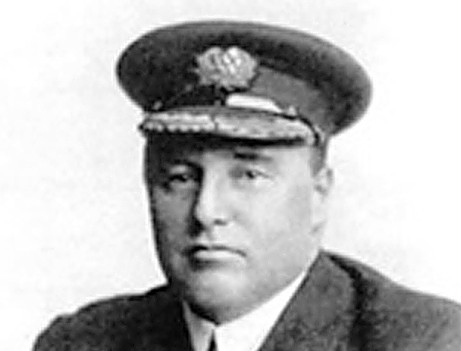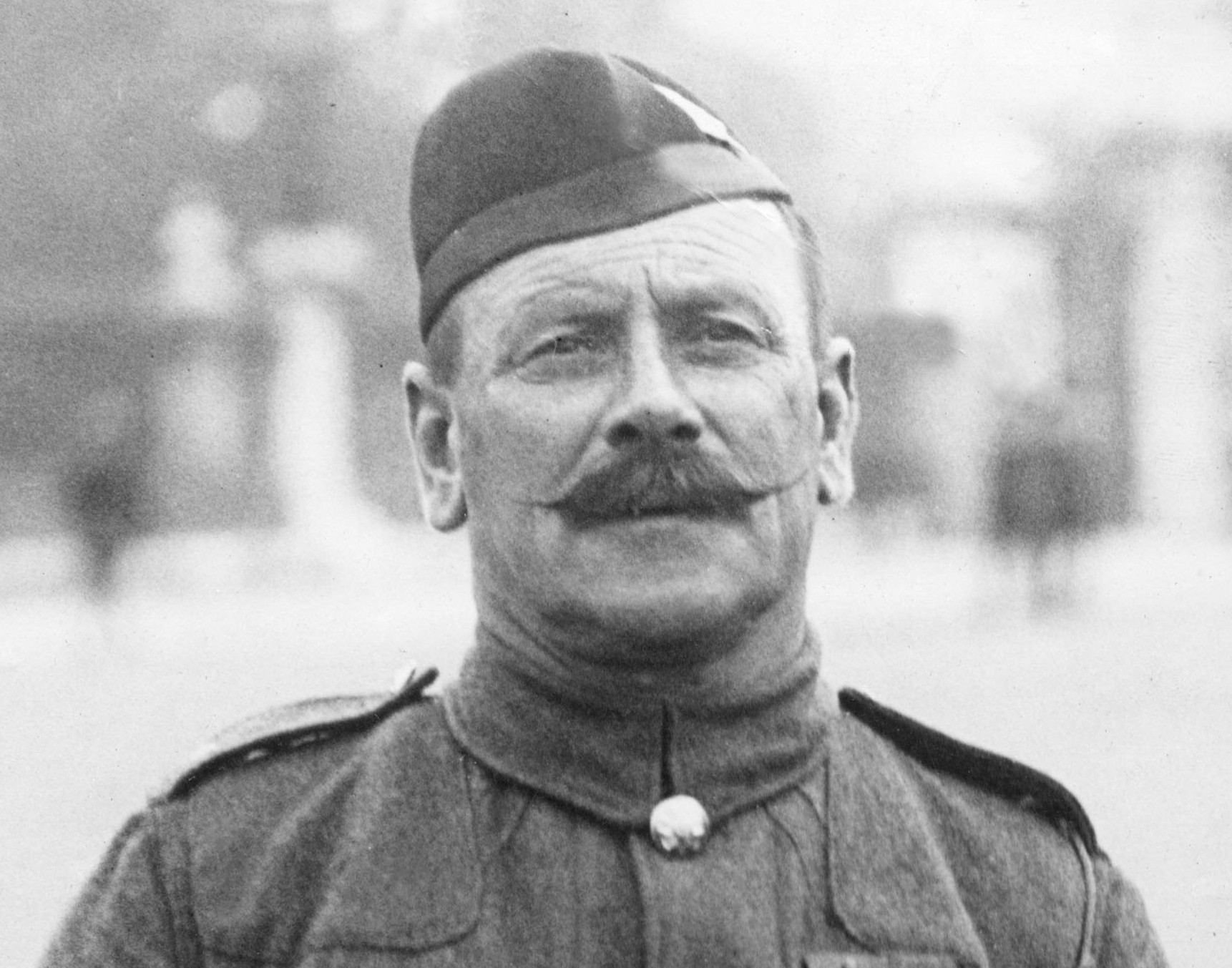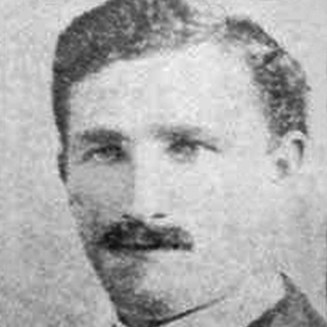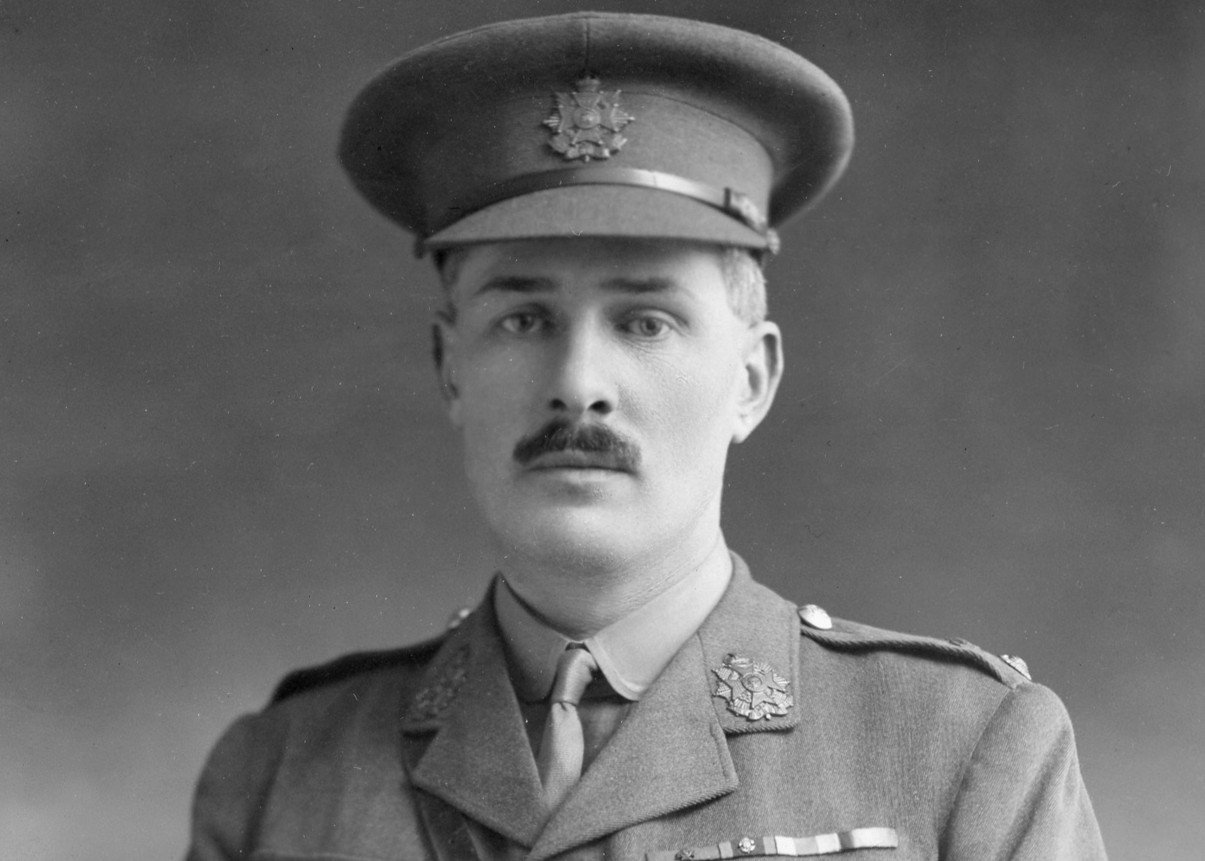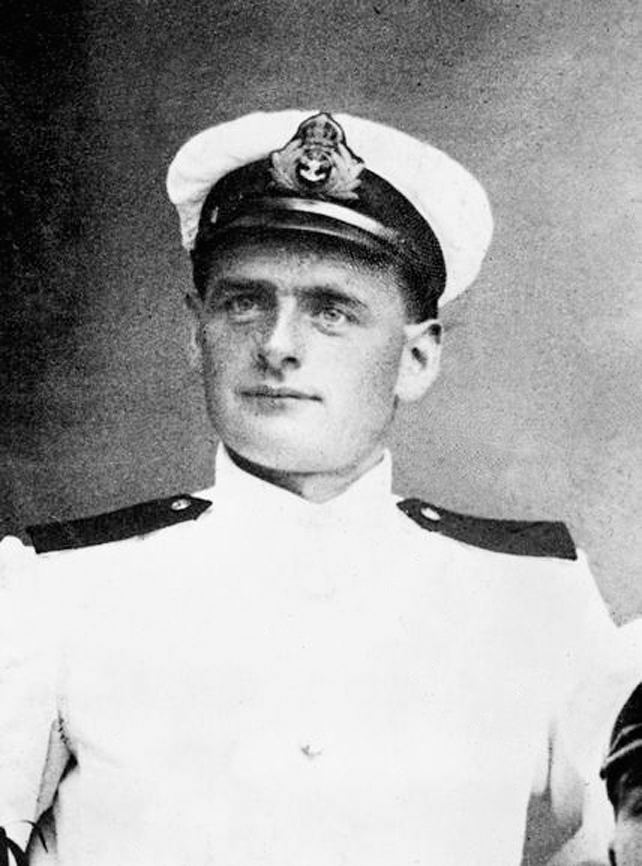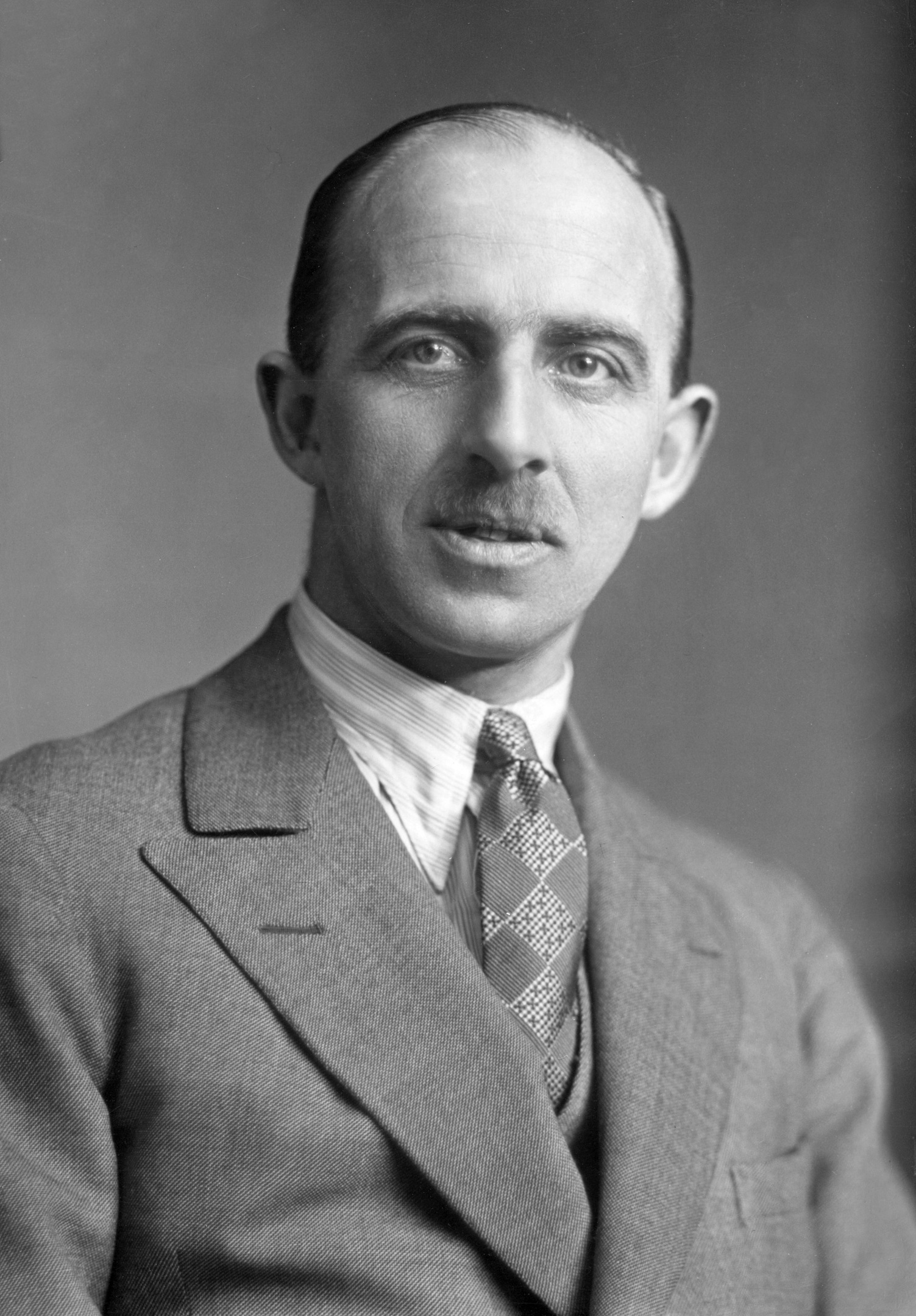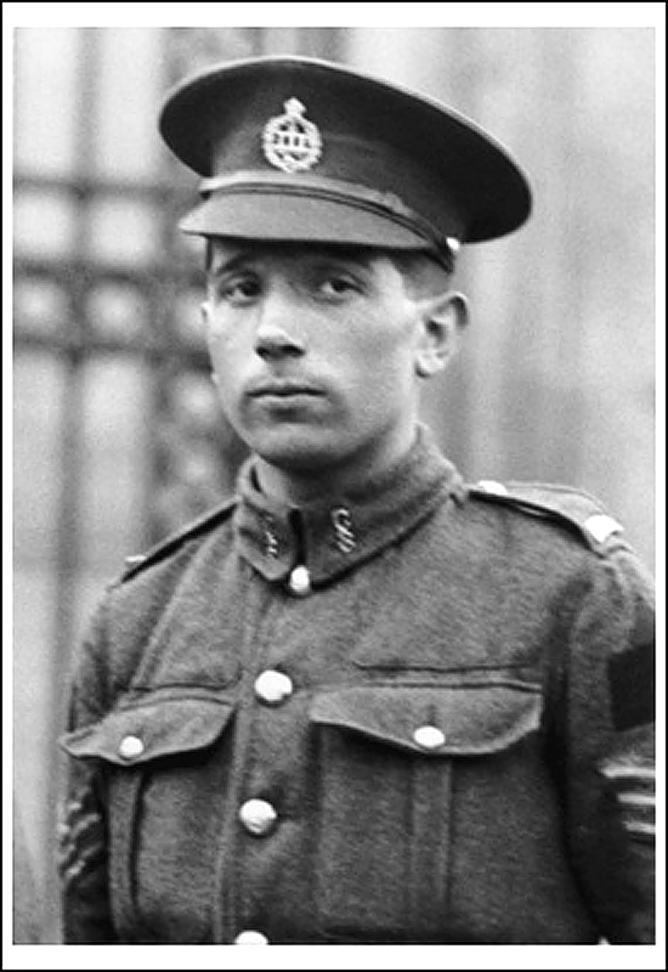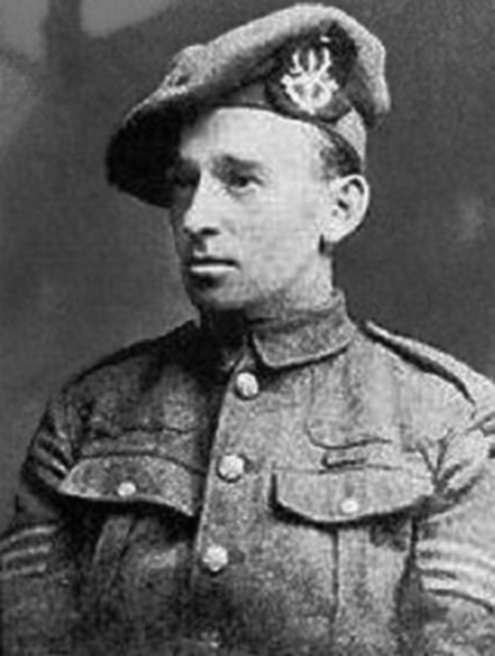Today at 11am the world will go silent to remember those who sacrificed their own lives to fight for those of their friends, families and every other member of society
In this commemorative year, a new book has been published – a definitive illustrated history of those who were awarded Britain’s highest military accolade for valour during the Great War.
Victoria Cross Heroes of World War One, by Robert Hamilton, tells the inspiring, moving and humbling stories of all 627 VC recipients – including double-VC winner Captain Noel Chavasse – and features more than 2,000 rare and unseen photographs.
Although the medal was first awarded in 1857, the number of VC winners more than doubled between 1914 and 1918. One in four of the men featured in Hamilton’s book did not survive to have the medal pinned on their uniform.
Of the 627 VC heroes, 74 hailed from Scotland. As we pause this week to remember all of those who fought in the Great War, we take a look at the stories of some of these brave VC winners.
As we pause to remember those who fought in WW1, we take a look at the stories of 14 of these brave men.
1. LANCE CORPORAL CHARLES JARVIS
Corps of Royal Engineers; March 29, 1881-November 19, 1948
Born in Fraserburgh, Charles Jarvis won his VC at Jemappes, Belgium, on August 23, 1914 as part of the retreat from Mons. He had been one of the engineers tasked to carry out the demolition of Lock Two bridge. The citation states he completed the task in 90 minutes under heavy fire and in full view of the enemy.
2. LIEUTENANT JAMES BROOKE
2nd Battalion, Gordon Highlanders; February 3, 1884-October 29, 1914
On October 29, 1914, during the first battle of Ypres, near Gheluvelt, Belgium, Lt Brooke noticed the enemy was breaking through part of the British line. Under heavy rifle and machinegun fire, he led two attacks on the German trenches, regaining a lost trench at a critical moment and prevented the enemy from breaking through the line. On the same
day of this brave act, the 30-year-old was killed in action.
3. PRIVATE GEORGE McINTOSH
Gordon Highlanders; April 24, 1897-June 20, 1968
Born in Buckie, he joined the Gordon Highlanders in 1913 as a
reservist. He was awarded the VC for his actions at the Battle of
Passchendaele on July 31. His company came under heavy machinegun fire at close range and he rushed at the enemy, throwing a grenade and killing two German soldiers and wounding a third. He then entered the dugout and seized two machineguns, which he carried back with him.
4. LANCE CORPORAL ROBERT McBEATH
Seaforth Highlanders; December 22, 1898-October 9, 1922
Born at Rosehearty and growing up in Kinlochbervie, McBeath lied about his age and enlisted in 1914, aged 16. He was awarded the VC for “conspicuous bravery” at Cambrai, France, on November 20, 1917. The citation states that he answered a call for a Lewis gun to deal with enemy machinegun fire. With the assistance of a tank, he drove the gunners to ground in a deep dugout. Regardless of his own safety, he rushed in after them, killed an enemy and forced the remainder out, capturing three officers and 30 men.
5. TEMPORARY CAPTAIN JOHN MacGREGOR
2nd Regiment, Canadian Expeditionary Force; February 1, 1889-June 9, 1952
John MacGregor was born near Nairn and moved to Canada when he was 20. Between September 29 and October 3, 1918, near Cambrai,
France, he led his company in an attack under sustained and heavy fire. He pushed on and located the enemy guns, despite being wounded. He
then ran forward in broad daylight in the face of heavy machinegun fire from all directions and single-handedly put the enemy crews out of
action with his rifle and bayonet. He killed four men and captured eight.
6. CAPTAIN ARCHIBALD SMITH
Royal Navy Reserve; December 19, 1878-March, 10, 1917
Born in Cults, Smith served as a merchant seaman in the war. On March 10, 1917, he led his ship, the SS Otaki, in a duel with a heavily armed German raider, SMS Moewe. Once over, and with both boats on fire, he helped his crew get rescued, but stayed onboard himself and went down with the ship as she sank.
7. CORPORAL JOHN RIPLEY
Black Watch (Royal Highlanders); August 20, 1867-August 14, 1933
Born in Keith and a roofer by trade, John Ripley was the oldest Scottish
recipient of the VC in the Great War. On May 9, 1915, at Rue de Bois, the 47-year-old led his section in an assault and was the first man of the battalion to climb the enemy’s parapet. Along with seven or eight men, he continued to hold the position in the enemy’s side until all his men had fallen and he himself was badly wounded in the head.
8. CORPORAL WILLIAM ANDERSON
Green Howards; November 1885-March 13, 1915
The Dallas-born Corporal was awarded the VC for his actions on March 12, 1915, at Neuve-Chappelle. He led three men with bombs against a large party of the enemy who had entered the British trenches. He threw his own bombs then those of his three wounded comrades,
after which he opened rapid rifle fire, single-handedly killing or wounding many of the enemy. Anderson was killed in action the following day and his body was never recovered.
9. ACTING LIEUTENANT COLONEL JAMES FORBES-ROBERTSON
Border Regiment. July 7, 1884-August 5, 1955
James Forbes-Robertson was born in Strathpeffer and was an acting
lieutenant colonel in the 1st Battalion, The Border Regiment, when he
earned his Victoria Cross. On April 11 and 12, 1918, near Vieux-Berquin,
Lt Col Forbes-Robertson saved the line from breaking on four separate
occasions, averting a potentially serious situation which might have had
far-reaching results.
10. SKIPPER JOSEPH WATT
Royal Naval Reserve; June 25, 1887-February 13, 1955
On May 15, 1917, when ordered to stop by an Austrian cruiser at a range of about 100 yards and told to abandon his drifter, the Gowan Lea, Skipper Watt, born in Gardenstown, ordered full speed ahead and called on his crew to give three cheers and fight to the finish.
Despite being under heavy and continuous fire, the gun’s crew stayed
with the gun, attempting to repair it after it was damaged.
11. TEMPORARY LIEUTENANT DAVID LOWE MacINTYRE
Argyll and Sutherland Highlanders; June 18, 1895-July 31, 1967
David MacIntyre was born on the Hebridean island of Islay. He enlisted in 1915. On August 24 and 27, 1918, at Fontaine-les-Croisilles, Lt MacIntyre rallied a small party of men, pushed forward through the enemy barrage in pursuit of an enemy machinegun detachment and ran them to earth in a pillbox a short distance ahead, killing three men and capturing an officer, 10 other ranks and five machine guns.
12. CORPORAL COLIN BARRON
3rd (Toronto) Battalion; September 20, 1893-August 15, 1958
Born in Boyndie, Banffshire, Barron emigrated to Canada at the age of 17 and enlisted in the Canadian Expeditionary Force in 1914. He earned the VC on November 6, 1917, in Belgium, near Passchendaele, when he opened fire on three German machineguns at point-blank range. He then rushed the guns, killing four of the crew and capturing the remainder.
13. LIEUTENANT ROBERT COMBE
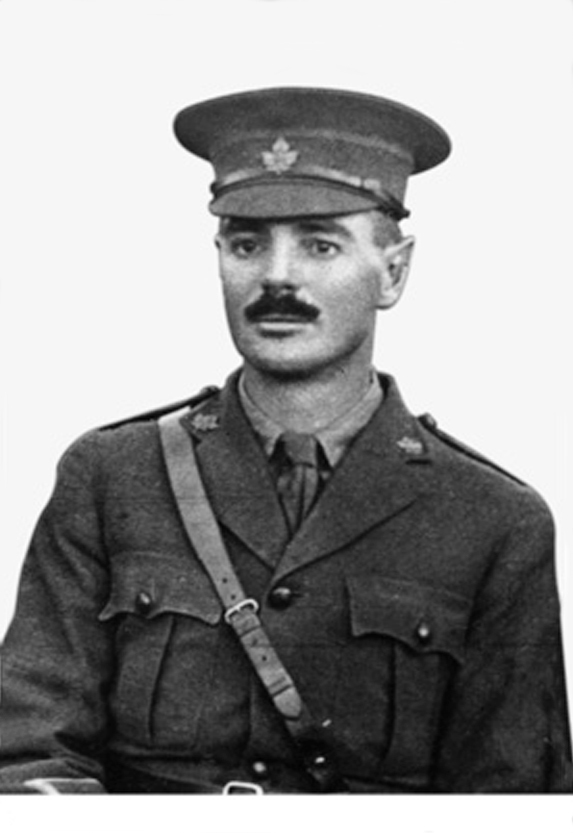 27th Battalion, Canadian Expeditionary Force; August 5, 1880-May 3, 1917
27th Battalion, Canadian Expeditionary Force; August 5, 1880-May 3, 1917
Robert Combe was born in Aberdeen and emigrated to Canada in 1906. On May 3, 1917, south of Acheville, he led his company through enemy artillery fire, arriving close to his objective with only five men. Using grenades, he engaged with the enemy and inflicted heaving casualties, taking 80 prisoners. He continued to lead his men using grenades to drive back the enemy soldiers, but was later killed by a sniper.
14. SERGEANT ALEXANDER EDWARDS
Seaforth Highlanders; November 4, 1885-March 24, 1918
Born in Lossiemouth, Alexander Edwards enlisted in the regiment
in June 1914. On July 31, 1917, at Ypres, Belgium, having located a hostile machinegun in the woods, he led some men against it, killed all the team and captured the gun. Later, with a wounded arm, he crawled out to stalk a sniper who was causing casualties and killed him. He
went on to lead his company to establish a bridgehead across the Steenbeck River.
